We’ve arrived at the third and last part of the idea validation series: concept testing. By now you know who your most potential users are, what their needs are, and how to reach them. You also know who your competitors are, what channels to promote on, and what keywords to use in your copies.
In the third and last part of this series, you’ll learn how to validate your concept with real users in just 30 days. By using simple landing pages, calls-to-action, and quick promotion activities.
WHAT IS CONCEPT TESTING?
Concept testing is a process where you evaluate customer acceptance of a new product idea before you introduce the product to the market.
The thing with concepts or ideas is that in most cases they are only built on assumptions. Assumptions about a problem, that maybe doesn’t even exist. Assumptions about what users need and how they would react in a situation. That has risk written all over it, don’t you think?
Concept validation is the practical method of eliminating, or at least reducing the amount of risk you take when creating a new product (or any kind of business for that matter).
CONCEPT TESTING IN NEW PRODUCT DEVELOPMENT
With new product ideas, sometimes it’s hard to find the right audience and message on your first attempt. And when it comes to product development, it can become an expensive guessing game.
For every seven product ideas, four enter the development phase and just one succeeds. Concept testing as part of idea validation is a great tool that can help increase the odds of success. This approach can help you gather market feedback early on. Before you spend valuable time and money on developing a product that may nobody wants.
CONCEPT TESTING METHOD
There are multiple ways to test concepts. You can use surveys, build email lists, or test prototypes. In this article, I’ll share the one we use to help clients test their product ideas.
1. Set a validation goal
Before you jump into vigorously testing your idea, you need to set a validation goal. Doing so will help you measure the result of concept testing more objectively.
Setting a validation goal basically means that you link a number to your test. This number can be for example:
- 100 subscriptions to your waitlist
- 1000 listens for your first podcast episode
- 10 pre-orders for your product
- Your book proposal being accepted by 1 publisher
The point is that the number should come from some kind of user action or commitment. Visiting your website does not require any serious action from the user, so it does not count as a good KPI.
Also, make sure the number you set is reasonable. Not too easy, but also not impossible to reach.
2. Create a landing page
Next, set up a landing page that showcases your product or service. If you identified multiple personas during the customer validation phase, then set up a separate landing page for each target group.
You don’t need a fancy website, just a basic one-pager that showcases your value proposition, product benefits, and CTA.
How to create your website
Website builders are great tool to set up landing pages in a few hours or days without having to write a single line of code.
- Wix: has great templates, the builder gives you a lot of flexibility, the price is not much (there’s a free version with ads), analytics are okay with Google Analytics.
- Squarespace: has a really intuitive editor, the price is in the lower range, but it lacks analytics.
- Leadpages: probably the best tool for building landing pages. However, it’s quite expensive.
Where to get creatives for your website
To create a landing page you will need a basic creative set. Luckily, there are a lot of tools out there that enable you to get and make creatives without any design skills. Here’s the list of the sites I use the most:
Free:
Paid:
- Photos: Shutterstock
- Illustrations: Envato Elements, Drawkit
- Icons: Envato Elements
- Logo: Tailor Brands
How to create effective landing pages
Don’t go overboard; stick to a simple but effective result. Here are a few tips on how you can create efficient landing pages.
Create a simple one-pager. You don’t need a fancy, animated design that can sing. You also don’t need subpages at this point. Just a simple, yet professional website that represents your business.
Tip: Make sure the landing page is responsive. Since half of internet traffic happens on mobile devices, half of your target audience will likely see your page on some kind of mobile device.
Focus on the value proposition. The whole point is to test if your offer and value proposition are interesting enough for your potential users. So, create a page where you highlight the value proposition on the top of the page.
Tip: Take extra care about grammar when you create your copy. A website full of grammar mistakes does not build trust. Ask someone to take a look at your copy or use Grammarly to check the text you wrote.
Only test one variable at a time. If you’d like to A/B test versions of your landing page, make sure you’re only testing one factor at a time. When you are testing value propositions, the design should be the same. If you are testing USP combinations, the copy and design should be the same on all versions. You get the idea.
Set up analytics. The minimum is Google Analytics, but a heatmap and screen recording can also provide valuable data. Also, if you set up polls and exit surveys, you can gather extra input about the visitors. I recommend using Hotjar, as it has all the features in its free version.
3. Measure audience interest
One of the most important jobs with your landing page is to measure if the people visiting your site are interested in your idea. Actually, your job is to measure how interested these visitors are.
A simple way to measure the commitment of your target audience is to set up a CTA (call-to-action) on your landing page. A CTA is something that triggers action from the visitor. The more effort the action takes, the bigger the commitment. This means that different calls-to-action can mean a different level of commitment. For example:
- Weaker commitment: Subscribing to a waiting list or signing up for a demo
- Stronger commitment: Pre-ordering a product or funding your idea
Now a weaker commitment isn’t necessarily bad. In some situations, a weaker commitment is just enough to move forward with your idea. You have to figure out how much engagement means a green light for you.
Choose the one that fits your previously-set validation goals, and implement it as a CTA to your landing page.
Tip: Add a clear CTA above the fold of your website (the section that is immediately seen, without scrolling). This way you have to increase the chance of people taking action.
4. Drive traffic to the landing page
After your landing page is done, the next step is to drive traffic to it. The most important rule you need to remember here is that quality comes before quantity. You don’t need hundreds of thousands of visitors, but those that you do have should be from your target audience.
How can you drive traffic to a landing page?
To drive traffic to a website, you need channels and tools that can reach and engage a lot of people.
In my experience, the best traffic generating activities are:
- Creating paid ads. These can be ads in search engines, social media, paid articles, PR activities, and so on.
- Doing growth hacks. I call these hacks because they are free and require just a little out-of-the-box thinking. An example could be answering related Quora questions or sharing your page on forums.
- Organizing giveaways. Giveaways are double-edged swords; they can either work wonders, or give you a false result if people are just interested in winning the prize.
What channels should you use?
One of the best you can do when selecting channels is to go back to the data you collected during customer validation and market research.
- Collect what channels your target audience mentioned they use during interviews and in the survey
- List the social media channels your competitors use, and try the ones that appear the most often
- Use the channels you collected during channel mix research
When you have your channels and content, set up the traffic generation workflow and start collecting the data. Usually, a few weeks of traffic is enough to get sufficient data, but this depends on the channel you choose, your budget, and how active your target audience is.
5. Analyze the results
This one can seem obvious, but I’ve seen many experiments and validation projects with no actual takeaway or insight.
First of all, by the end of the validation process you need to be able to determine if your idea is approved, disproved, or needs some changes.
The validation process can have four outcomes:
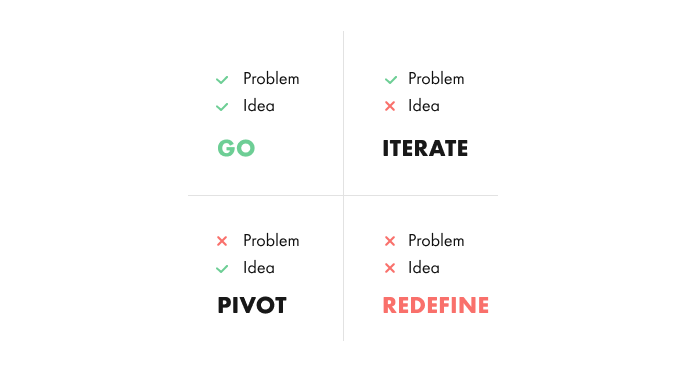
- GO: the problem exists and your idea can solve it. You’ve got the green light—move forward to execution.
- ITERATE: the problem exists, but your idea doesn’t really solve it. You should tweak the concept until it meets the target audience’s needs.
- PIVOT: the problem doesn’t exist (at least not in a way you thought it would), but the target audience still liked your idea. You can check if there’s another problem that you can solve with the concept.
- REDEFINE: the idea doesn’t solve the problem and the problem doesn’t really exist the way you thought. Start from scratch and come up with something new.
If you hit your validation goal, you can consider that a GO. If you did not meet your goal, try to understand why you failed to hit the number. There can be several reasons behind that: the value proposition wasn’t clear, the channels weren’t right, your target audience was off. Understanding your data will help you decide if you can pivot, iterate, or redefine your concept.
DO YOU WANT TO VALIDATE YOUR IDEA?
If concept testing and validating your idea seems overwhelming to do by yourself, it’s always worth it to get professional help. That’s why we created our business idea validation package, which is deliberately designed to test your idea on the market and get real user feedback.
If you have a product or service idea but not sure if it’s marketable…
If you haven’t been able to get much traction with the product you already have…
If you’re just not sure of how or where to get started and you’re looking for a step-by-step game plan…
We’d like to personally help you.
Would you be interested in that? You can look into the package if you’d like more details.
Are you ready to do this?
We’ll reach out ASAP and we can get started on validating your business idea.
CONCLUSION
This concludes our idea validation series. I truly hope that our process will help you understand your users and market and test your concept. Validating is quite a complex process that requires awareness, objectivity, and many skills. However, it will provide you with data that will make your work much easier in later phases of development. We truly believe in its value and the quality improvements it gives to all kinds of products.
If you are interested in the previous installments of this blog post series, you can read them here:
Idea Validation Process – How to Validate Your Idea in Practice- Introduction
How to Validate User Needs with Customer Validation – Part1
The Market Research Process to Help You Validate Your Idea – Part 2


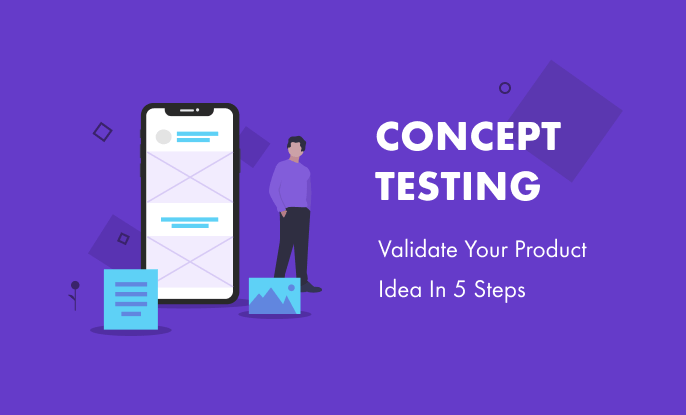
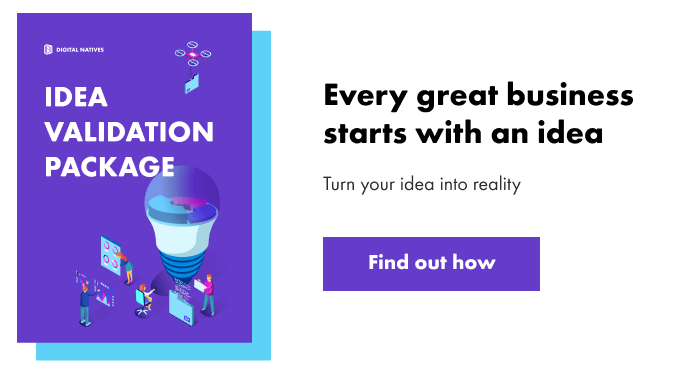

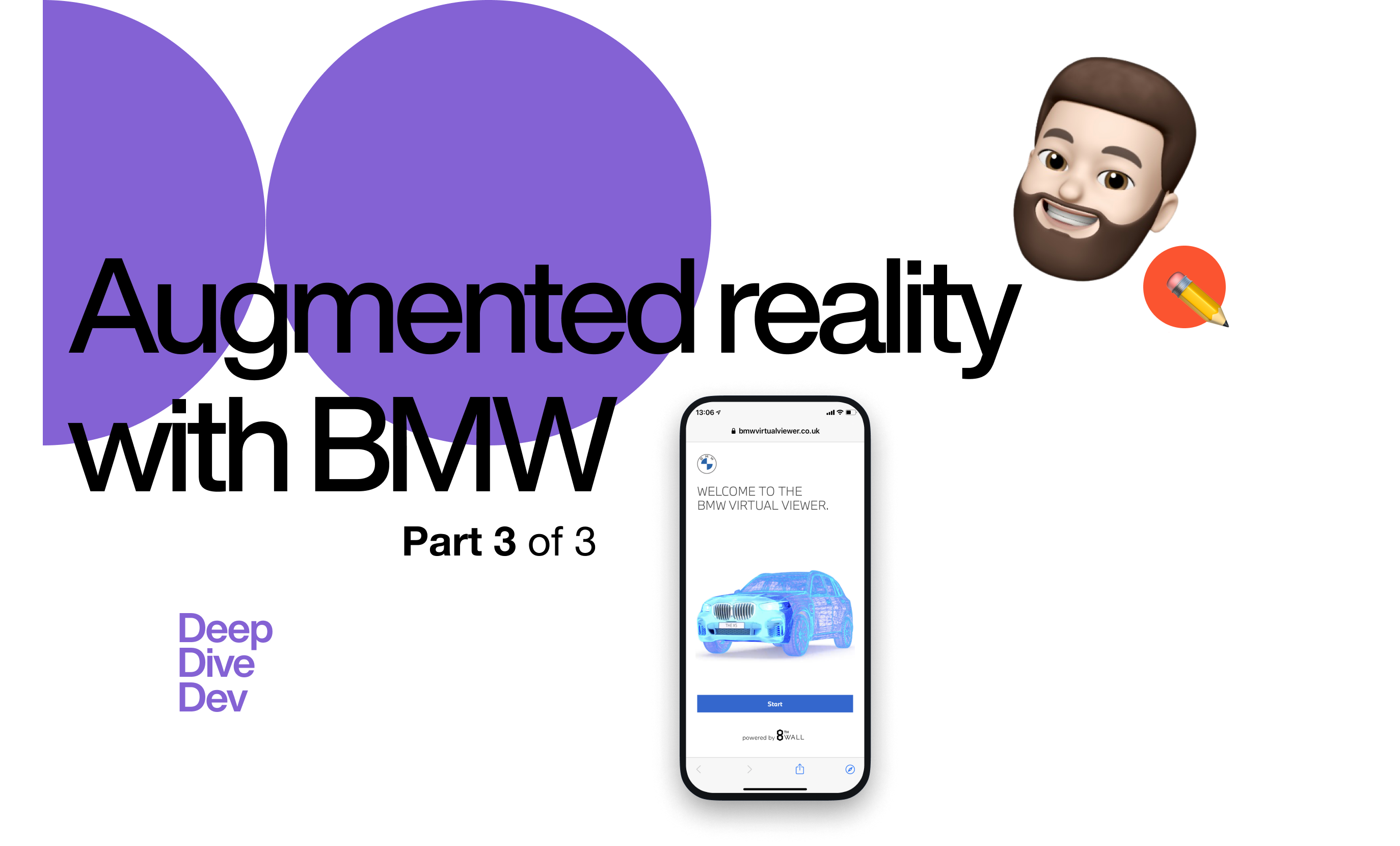
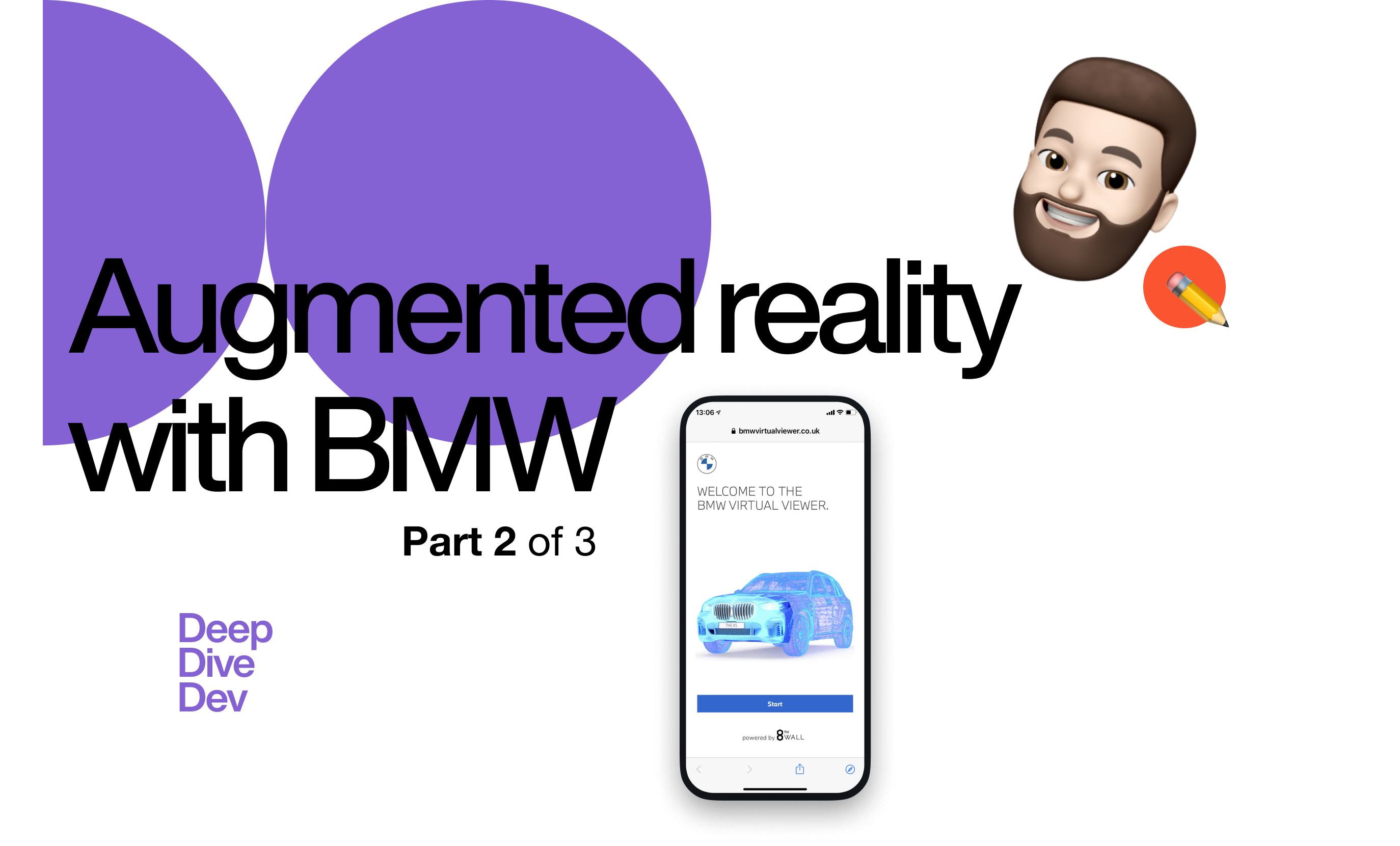
Have a look at our social media